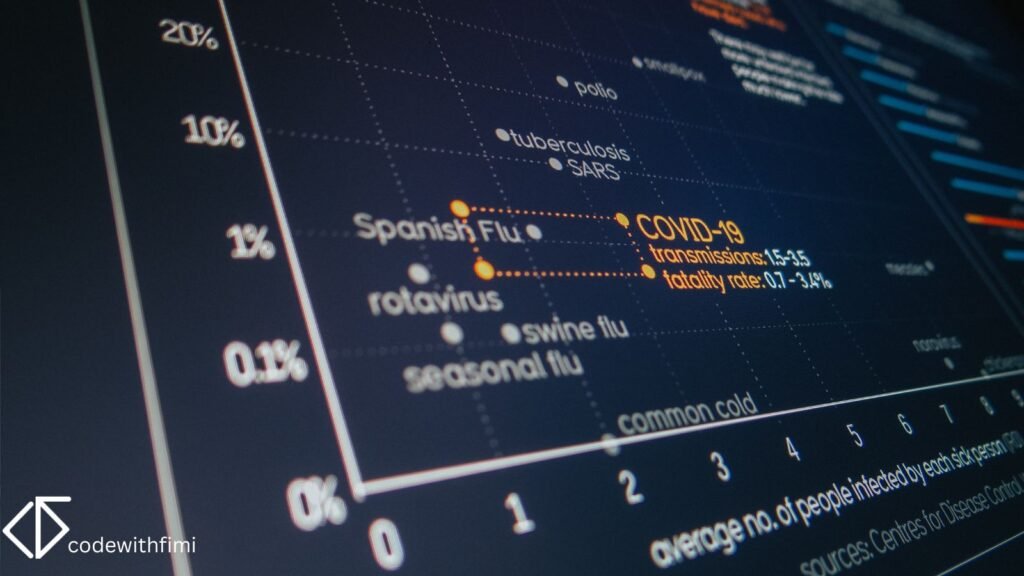Before building machine learning models, it’s essential to understand your data. This process is called Exploratory Data Analysis (EDA). EDA helps uncover patterns, detect anomalies, test assumptions, and summarize key insights using visual and statistical techniques.
In this tutorial, we’ll walk step-by-step through the EDA process with Python, using popular libraries like Pandas, Matplotlib, and Seaborn.
Step 1: Import Libraries and Dataset
import pandas as pd
import numpy as np
import matplotlib.pyplot as plt
import seaborn as sns
# Load dataset (example: Titanic dataset)
df = pd.read_csv("titanic.csv")
df.head()
Step 2: Understand the Data Structure
Check the size, data types, and basic summary.
print(df.shape) # rows and columns
print(df.info()) # column types and missing values
print(df.describe()) # statistical summary
This helps you know whether you’re working with numerical, categorical, or mixed data.
Step 3: Handle Missing Values
# Check missing values
print(df.isnull().sum())
# Example: Fill missing age values with mean
df['Age'].fillna(df['Age'].mean(), inplace=True)
Step 4: Univariate Analysis
Explore single variables with histograms, boxplots, or value counts.
sns.histplot(df['Age'], kde=True)
plt.show()
print(df['Sex'].value_counts())
Step 5: Bivariate Analysis
Explore relationships between two variables.
sns.boxplot(x="Sex", y="Age", data=df)
plt.show()
sns.barplot(x="Sex", y="Survived", data=df)
plt.show()
Step 6: Correlation Analysis
Check relationships between numerical variables.
plt.figure(figsize=(8,6))
sns.heatmap(df.corr(), annot=True, cmap="coolwarm")
plt.show()
Step 7: Outlier Detection
Identify extreme values that may affect analysis.
sns.boxplot(df['Fare'])
plt.show()
Step 8: Summarize Insights
At this stage, you should be able to answer:
- Which variables strongly influence the target variable?
- Are there missing values or outliers that need attention?
- What features may need transformation or encoding?
EDA is the foundation of data science projects. By following these steps—loading data, handling missing values, analyzing distributions, exploring relationships, and detecting outliers—you gain a deep understanding of your dataset and set the stage for effective modeling.
FAQs
It ensures data quality, reduces errors, and reveals patterns that guide feature engineering.
Pandas (data handling), Matplotlib & Seaborn (visualization), Plotly (interactive plots).
Typically 30–50% of a project’s time is spent on EDA and data cleaning.
Yes, libraries like Sweetviz and Pandas Profiling provide automated EDA reports.
After EDA, you move to feature engineering and model building.

